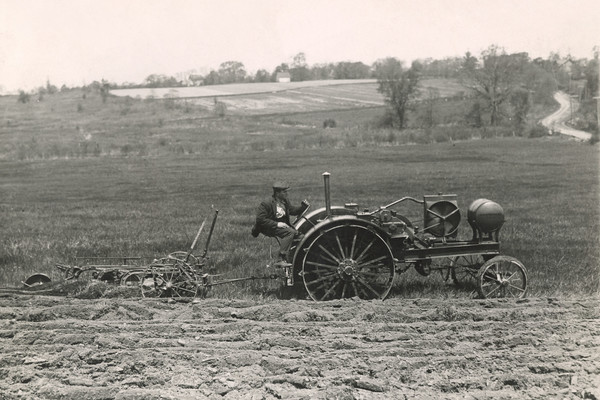
One hundred candles for John Deere tractors
On 14 March 1918, the acquisition of the Waterloo Gasoline Engine Company in Iowa marked John Deere’s entry into the tractor business. It was a debated and controversial investment because many critics did not believe in the future of self-propelled vehicles and continued to rely on the use of horses. No one expected that the tractor business would turn into the key production for the American company. With its 12 Hp, the “N” Waterloo Boy, manufactured from 1917 to 1924, was the first tractor built under the John Deere brand. The first tractor with the classic John Deere livery, completely green and yellow, was instead the “D” model, built between 1923 and 1953. The “B” model was the best-selling John Deere tractor of all time, with 300,000 units sold from 1935 to 1953, while the 4020 became the bestselling single-model tractor, with a total of 175 thousand units produced from 1963 to 1971. In 1956, John Deere acquired the Heinrich Lanz AG tractor plant in Mannheim, Germany and with this acquisition the company extended its production activity to Europe for the first time. Lanz also had a long history in the tractor business, having launched the popular Lanz Bulldog model in 1921. In the following years John Deere continued to strengthen its position in the sector. After being the first company to offer power steering on tractors in 1954, another important milestone was the introduction in 1966 of the ROPS (Roll-Over Protective Structure) as an additional safety element. Initially available as an option in 1973, the Sound-Gard cab was the first temperature-controlled driving position that prevented dust from entering, while the PowerShift transmission introduced in 1964 provided John Deere tractors with better gear shifting and greater field productivity. Today John Deere is one of the world’s leading manufacturers of agricultural tractors, and the company produces its prestigious vehicles in twelve factories located in the most diverse countries of the world








